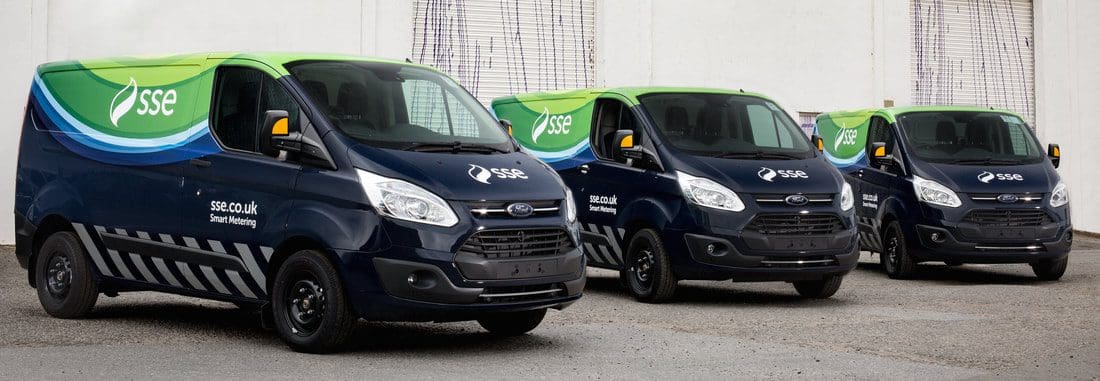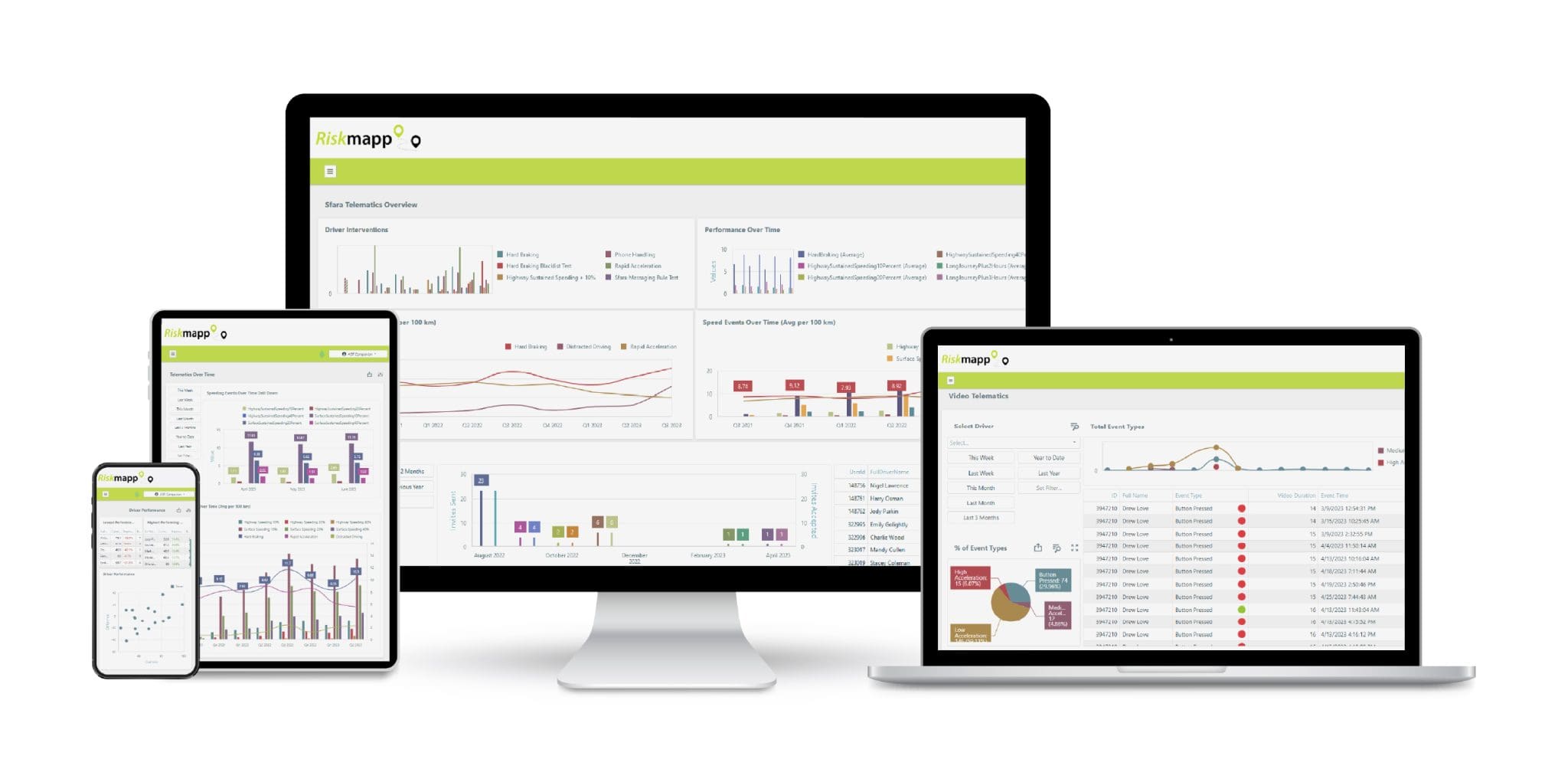People who drive for work, and especially van drivers, are often called out by the public for poor driving. Many of these people don’t think of themselves as professional drivers, but driving is a key part of their job. Driving badly (and sometimes this means they are being managed badly) can reflect poorly, not just on their employer, but on the sector as a whole. This is why we are supporting a new free initiative from Driving for Better Business which
could help all our members.
If you play the National Lottery, you may be aware that the odds of winning the jackpot are a staggering 1 in 45 million, yet, many of us think those odds are worth a go. After all, someone has to win, right?
There are almost 40,000 injuries on Britain’s roads each year that involve someone who was driving for work at the time. With around 20 million vehicles thought to be used for business journeys, however infrequently, that means the odds of one of your drivers being involved in an injury collision while driving for work are just 1 in 500 – yet we never think it will happen to us.
But, the bad news doesn’t stop there. We have reason to believe those injury figures are significantly under-reported which would make the odds even worse. This is an average, so if your driver safety management is below average, then your odds are starting to look very poor indeed. If you have staff who drive cars or commercial vehicles for work, and you want to ensure your employees are not part of the problem, it’s vital to set out the importance of driver safety – and the good practice standards you expect when your staff are driving for work.
Your organisation needs to do this for three reasons:
- It’s the right thing to do – we all want our staff and other road users to get home to their families safe and well at the end of each day.
- It makes good business sense. Poorly managed drivers will increase admin time, insurance costs, maintenance and fuel use.
- It is a legal requirement – the law says all companies must have policies and procedures to minimise risk – and that includes the recognised risks around driving. In the event of a serious incident, you could be asked to prove what you do to
promote driver safety.
To communicate your commitment, and the required standards to drivers, you need a driving for work policy.
What should be included in a driving for work policy?
A good policy needs to include specific information in a concise and easy-to-understand format. Here’s a summary of what needs to be included.
- A policy statement which explains to drivers why the policy exists and why it is important they follow it at all times.
- A driver management section covering licence checks, medical conditions, driver competence and fitness to drive including impairment, fatigue and wellbeing.
- A vehicle management section including vehicle roadworthiness, safe loading, vehicle security, private use of vehicles and towing, if applicable.
- A journey management section including driving standards, use of mobile phones, dealing with fines and penalties, and what to do in the event of a collision or breakdown.
- A grey fleet drivers section – for those employees who use their own car for business journeys. It’s an area often missed, but every time an employee uses their own vehicle for any work purpose, you have the same legal responsibilities for managing safety.
Review and update
To be legally compliant, your policy also needs to be kept up to date and reviewed regularly. From time to time, official legislation and guidance will change or will be updated. This might come from the DVSA, the Health and Safety Executive, government or be reflected in the Highway Code. Many of these changes might need to be reflected in your policy and communicated to drivers.
The policy must be owned by a director or similar senior manager who has overall responsibility for creating, communicating and reviewing it, as well as monitoring compliance. This person is also responsible for keeping the policy up-to-date.
Driving for Work Policy Builder
A new, free to access, Driving for Work Policy Builder has just been launched by Driving for Better Business – the free programme from National Highways. The programme is set up to raise awareness of the need to manage driver safety, share good practice, and promote the business benefits that flow from this. The new Policy Builder is an online tool which will help ensure you have a ‘good practice’ Driving for Work policy.
The Policy Builder is completely free to use and will enable you to:
- Access a driving for work policy template and checklist to make sure you’ve got everything covered,
- Create a new policy document, or review an existing document, that meets legal and compliance standards;
- Get email alerts for any changes in guidance or legislation that could affect your policy;
- Receive an annual reminder to review your policy, along with any changes that may be required since the last review.
Get started with this new free online tool now at Driving for Better Business.














